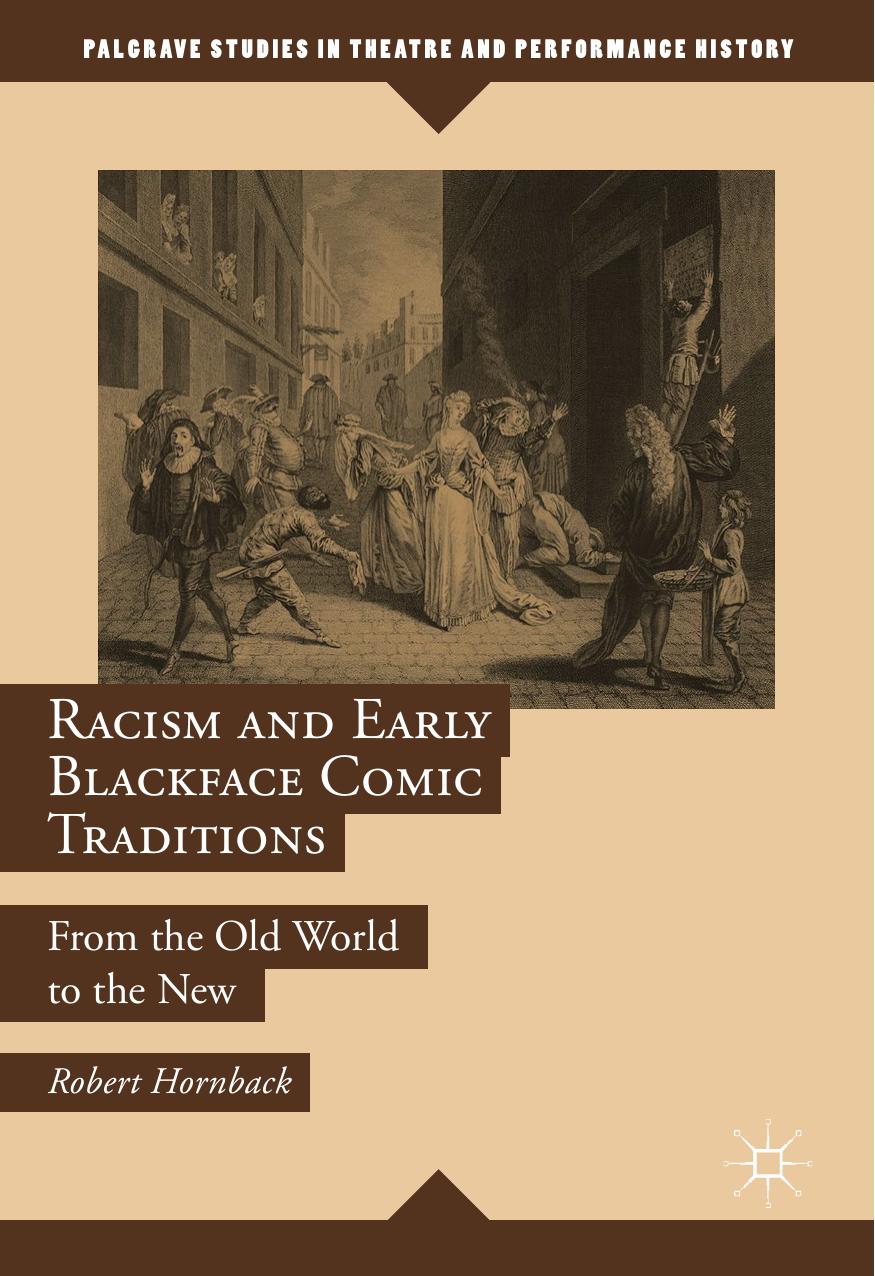Racism and Early Blackface Comic Traditions by Robert Hornback

Author:Robert Hornback
Language: eng
Format: epub, pdf
ISBN: 9783319780481
Publisher: Springer International Publishing
In the end, when he is asked what he has learned, Ingnorance can only reply, “Ich cannot tell” (l.494). In this exchange, not only does the black character fail to comprehend his lesson, but he chiefly echoes or mimics language. The scene thus recalls one of the most familiar tropes of Renaissance colonizers from Columbus on, what Stephen Greenblatt called “the Europeans’ contemptuous dismissal of … natives as ‘parrots’ ” (Greenblatt 1991, 99). It is, for instance, that sort of colonial attitude which Englishman John Brereton reveals in a 1602 account of his amusement at one American Indian in New England , to whom and of whom he speaks almost as of a pet, praising his ability to at least “pronounce our Language with great facilitie” (if not to understand it): “for one of them one day sitting by mee, upon occasion I spake smiling to him these words; how now, sirrha, are you so sawcy with my Tobacco ? Which words (without any further repetition) he suddenly spake so plaine and distinctly, as if hee had beene longe Scholar in the Language” (Greenblatt 1991, 105). Brereton’s ostensible admiration is qualified by his wry condescension and by our awareness that the Indian he describes likely does not understand what he speaks. Brereton’s Indian was, like Ingnorance , simply a natural mimic. As a result of Redford’s deployment of what we might call the “scholar-parrot ” theatergram (to again borrow Clubb’s theoretical coinage for migrating stage structures [Clubb 1989, 5]), a foolish and immutably black character is represented as inherently unteachable and innately deficient in language. Ingnorance’s speech and dialect are rudimentary and childish.
Of course, Redford was hardly the last English-speaking author to characterize blackness in this damning manner, a fact underscored by the recurrence of episodes likewise taking up the scholar-parrot theatergram that mirror Redford’s “lesson” scene. A case in point appears in the characterization of Harlequin in Edward Ravenscroft’s Scaramouch A Philosopher, Harlequin A School-Boy …: A Comedy After the Italian Manner (London, 1676), where, in 3.1, we find the following familiar exchange between an inept, abusive schoolmistress and an ignorant figure in blackface: Mist. … Come, let me hear you say your Lesson now. Shut your Book, say over the
Alphabet, begin.
Harl. A, b, c, d, e, f, g, h, i, [j,] k, l, m, n, p.
Mist. N, p! what’s the next letter to N?
Harl. P.
Mist. P, agen? There’s the second fault; hold out your hand.
Harl. My hand?
Mist. Hold it out to receive instruction, thus; so, now look on the top of the house,
and see what letter sticks on the Seeling. {He holds out his hand, she hits him with a
Ferrula.
Harl. O!
Mist. O then is the next letter, l, m, n, o. This, I see, will make you a Scholar … N,
O, P; then go on.
Harl. N, O, P, Q, R, S, T, U, [V,] W, X, Y, Z.
Mist. Now, open your Book, and read.
Harl. A, b, ab, e, b, eb, I, b, ib, o, b, ob, u, b, ub.
Download
Racism and Early Blackface Comic Traditions by Robert Hornback.pdf
This site does not store any files on its server. We only index and link to content provided by other sites. Please contact the content providers to delete copyright contents if any and email us, we'll remove relevant links or contents immediately.
Aircraft Design of WWII: A Sketchbook by Lockheed Aircraft Corporation(32137)
The Great Music City by Andrea Baker(30781)
Call Me by Your Name by André Aciman(19903)
The Art of Boudoir Photography: How to Create Stunning Photographs of Women by Christa Meola(18408)
The Secret History by Donna Tartt(18163)
Shoot Sexy by Ryan Armbrust(17557)
Plagued by Fire by Paul Hendrickson(17111)
Portrait Mastery in Black & White: Learn the Signature Style of a Legendary Photographer by Tim Kelly(16872)
Adobe Camera Raw For Digital Photographers Only by Rob Sheppard(16797)
Photographically Speaking: A Deeper Look at Creating Stronger Images (Eva Spring's Library) by David duChemin(16498)
Ready Player One by Cline Ernest(13989)
Pimp by Iceberg Slim(13779)
Bombshells: Glamour Girls of a Lifetime by Sullivan Steve(13685)
The Goal (Off-Campus #4) by Elle Kennedy(13199)
Art Nude Photography Explained: How to Photograph and Understand Great Art Nude Images by Simon Walden(12852)
Kathy Andrews Collection by Kathy Andrews(11325)
The Priory of the Orange Tree by Samantha Shannon(8614)
Thirteen Reasons Why by Jay Asher(8452)
The remains of the day by Kazuo Ishiguro(8395)
